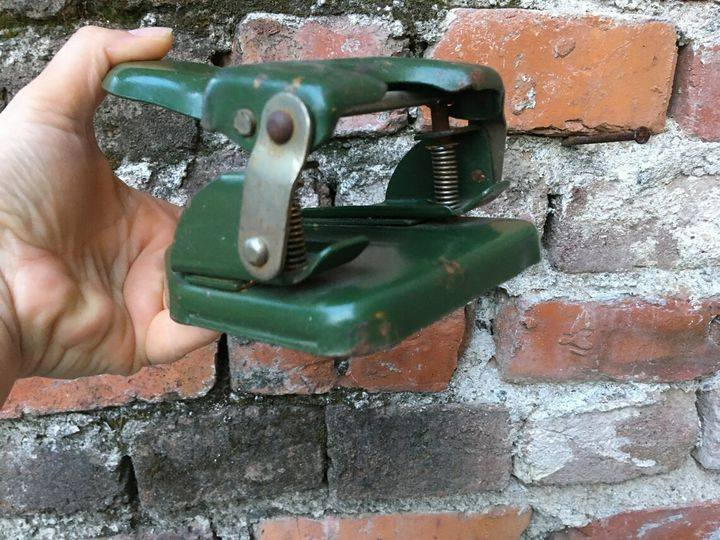Unraveling the Legacy of Vintage Metal Perforators
From administrative offices to creative spaces, vintage metal perforators have left an indelible mark on history, offering functionality, efficiency, and a touch of nostalgia.
Historical Roots
The origins of metal perforators can be traced back to the late 19th century when inventors sought ways to streamline paperwork and documentation processes. The invention of the perforating machine revolutionized document management, allowing users to create precise perforations for binding and organization.
Evolution of Design
Early metal perforators featured sturdy metal construction, often adorned with intricate detailing and craftsmanship. Over time, advancements in manufacturing techniques led to sleeker, more ergonomic designs without compromising durability or functionality.
Versatile Applications
Metal perforators found widespread use in various industries, including government offices, businesses, schools, and print shops. They were essential tools for creating perforated edges on documents, tickets, coupons, and labels, facilitating easy tearing and organization.
Office Efficiency
In office environments, metal perforators played a pivotal role in streamlining paperwork processes. From punching holes for binding documents to creating tear-off portions for invoices and receipts, these devices enhanced efficiency and productivity.
